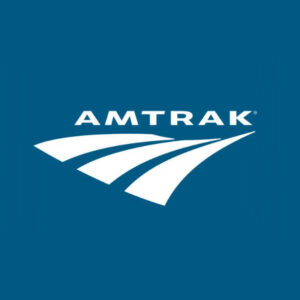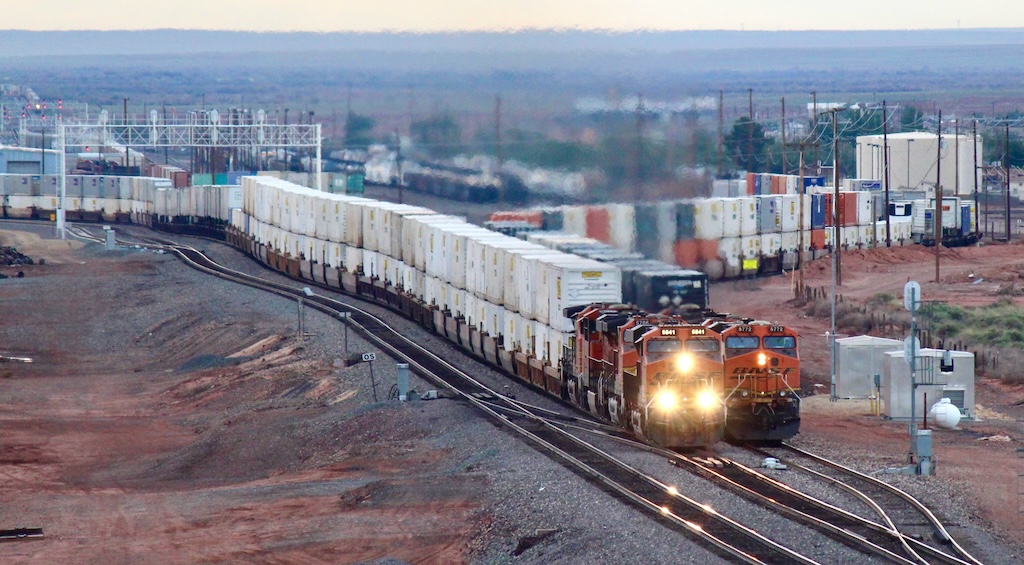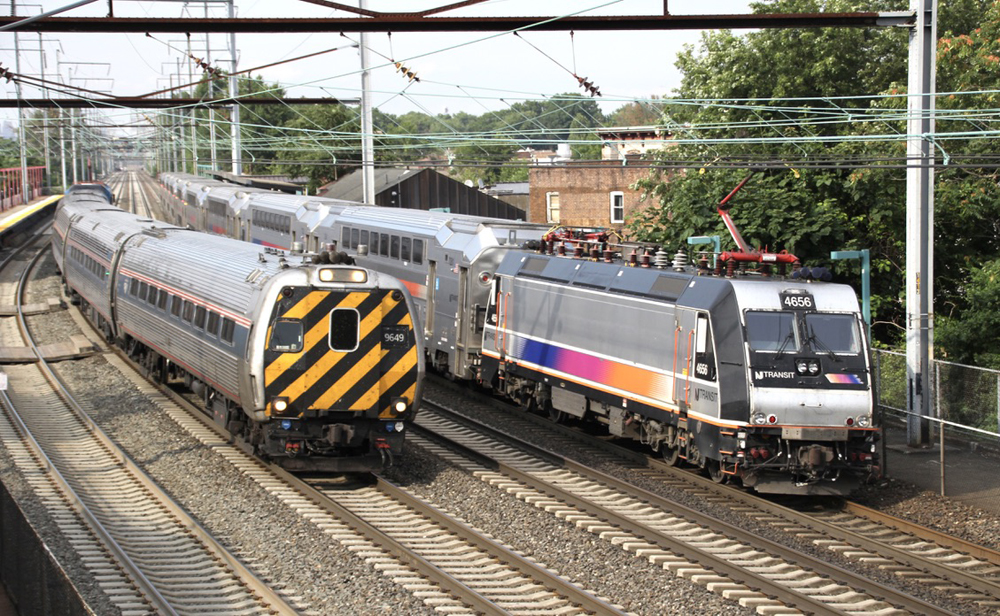WSDOT, a prime financial sponsor of Amtrak Cascades service on the Vancouver, B.C.-Eugene, Ore., corridor, didn’t specify what that timing means. “Amtrak is working with WSDOT to determine how to address equipment needs moving forward and how we’ll provide Amtrak Cascades service without the Talgo Series 6 trains,” the statement said.
While the NTSB criticized WSDOT, Amtrak, track owner Sound Transit, and the Federal Railroad Administration, it devoted considerable time in its findings to the performance of the Talgo cars in the derailment. In Tuesday’s public meeting, one board member noted that the Talgo cars were grandfathered into new FRA rules because they couldn’t meet updated crashworthiness standards.
The NTSB specifically recommended that WSDOT “discontinue the use of the Talgo Series VI trainsets as soon as possible and replace them with passenger railroad equipment that meet all current United States safety requirements.”
The state of Washington owns two Series 6 trainsets, while two more are owned by Amtrak. The state of Oregon owns two Series 8 Talgo sets, purchased in 2010 at a cost of $36.6 million.
“We’re working with Amtrak to determine where and when alternative equipment may be available,” WSDOT spokeswoman Janet Matkin said.
Washington had planned to replace the Series 6 cars in the mid-2020s, Matkin said. “This decision accelerates that timeline.”
Coming up with the money for new cars will be an issue. “Acquiring new train cars will be part of a national procurement, since both Amtrak and state-supported routes across the United States started a multi-year process earlier this year to acquire new passenger rail cars to replace aging equipment in their fleets,” Matkin said. “We applied for federal CRISI and State of Good Repair grants in the last 12 months to purchase new equipment. We are awaiting FRA’s announcement on grant awards.”
In addition to insurance funds the state might receive, Amtrak said after the accident it would help replace the locomotive and cars destroyed in the wreck.
Talgo has offered 31 cars (which can be made into two or three trainsets depending on seat capacity desired) since the accident to replace the destroyed trainset. Talgo spokeswoman Nora Friend says, WSDOT “has not wanted to take advantage of this opportunity.” She said NTSB put the value of the destroyed trainset at $18 million. “The total of three new Talgo Series 8 trainsets were offered to WSDOT at less than that price tag,” she added.
Those cars had been slated to go to into service in Wisconsin until that state scrapped the project.
But Talgo has also been resistant to the notion that the Series 6 cars are beyond their useful life. Washington’s Talgo sets are 21 years old, and Friend says, they “have a usable life of at least 30 years. Series VI equipment is safe and, with Talgo’s maintenance practices, can continue to be in service for at least 10 more years. … Series VI equipment, that is even older than the WSDOT and Amtrak owned equipment, is running all over the world.”
In its own extensive report submitted to the NTSB ahead of its findings, Talgo said its “investigation and analysis of the facts concluded that the equipment behaved very well under the extreme forces to which it was subjected. Its inherent safety features may have reduced the number of fatalities and injuries that would have occurred on a train made up of conventional North American passenger cars.”
 SEATTLE – The first response to the National Transportation Safety Board’s report on the 2017 Amtrak Cascades derailment is the Washington State Department of Transportation’s decision to remove Talgo Series 6 trainsets from service “as soon as possible.”
SEATTLE – The first response to the National Transportation Safety Board’s report on the 2017 Amtrak Cascades derailment is the Washington State Department of Transportation’s decision to remove Talgo Series 6 trainsets from service “as soon as possible.”













Advancement of rail passenger services in this nation is immensely hard – chiefly because the nation’s rail passenger service is an enemy of the services it is charged with providing. Amtrak is run by a bunch of simpering, feckless bureaucrats trying “not to rock the dominant highway / airline lobbies’ cute little boat” sufficient to get themselves out to nice, comfortable retirements. It doesn’t work — at least for better passenger trains and for the American traveling public. And it gets worse and worse and worse day-by-day.
The best solution is to hire competent and intelligent people to operate the trains and then train them not to approach a 30 mph curve at 79 mph.
Charles: Is the insurance market truly a “free market”? I don’t know enough to answer that question, but I ask because I’ve heard suggestions to the contrary and I do know that non-government ownership does not necessarily equal a free market, either due to government regulation or monopoly power or other barriers to entry.
Compared to the rest of the world, North America has quite a lot of accidents. Maybe better to start there?
Nippon Sharyo tried to make a crashworthy gallery car, but couldn’t. They closed shortly after.
Metra put out a new RFP with the same kind of crash specs, did anyone see anyone jump at it?
Ronald – There is a free-market solution. The government’s job is to require railroads to carry insurance policies. The insurance companies’ job is to tell the railroads to operate safe equipment safely or else have the policies cancelled.
“The government’s job is to require . . . . . “
Now might be a good time to get those out of service Superliners back in action.
Charles, if seat belts and airbags were required in passenger trains you’d scream “liberal government overreach.” Just sayin’ . . . . .
I haven’t seen a crashworthy train yet. Where are the seat belts and the air bags?
If I was Talgo I’d sue the NTSB for defamation and libel against the Series 6, which even though granted a waiver by the FRA(which must have had a good reason to do) also didn’t have something happen to it that couldn’t happen to any other car, even if it meets the FRA crashworthiness standards(the wheelsets coming off and going through the car could happen even in a Superliner under the right conditions).
NTSB does not do fair, civil debates with anyone. Their mission is to find fault and beat their public relations drums.
It would be interesting to have a fair, civil debate between NTSB and Talgo on crashworthiness.
Right now somewhere a whole bunch of lawyers are all a flutter with anticipation…